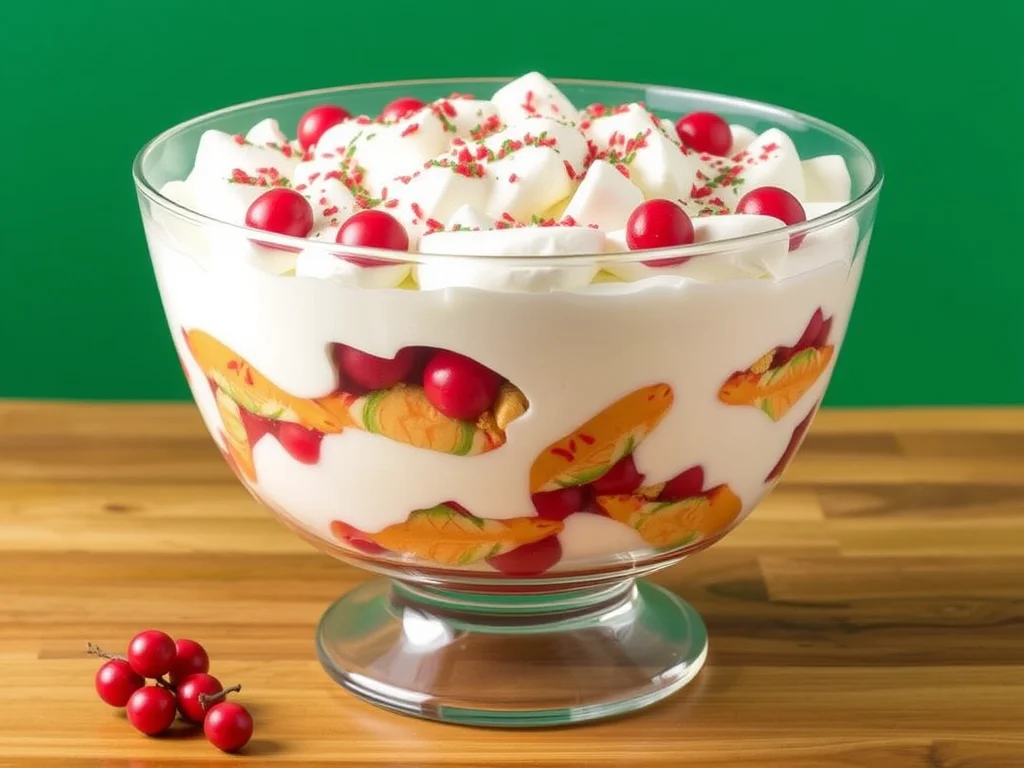Peppermint Bark
That first bite of peppermint bark signals the true beginning of the holiday season. This beloved confection, featuring layers of dark and white chocolate studded with crisp pieces of candy cane, has become a modern Christmas classic. But what makes this relatively simple treat so irresistible, and how did it earn its place as a holiday staple?
A Brief History of Peppermint Bark
While chocolate artisans have crafted traditional bark treats for centuries, peppermint bark as we know it today rose to popularity in the 1960s. Williams-Sonoma played a pivotal role in transforming it into a must-have holiday gift. People have long treasured the combination of chocolate and peppermint, but peppermint bark elevated this pairing into an art form.
The Science Behind the Magic
The allure of peppermint bark stems from its perfect contrast of flavors and textures. The rich, slightly bitter notes of dark chocolate provide a sophisticated base, while sweet, creamy white chocolate brightens each bite. The peppermint creates a cooling sensation through menthol, which activates our temperature-sensitive nerves, delivering that characteristic refreshing feeling. Combined with the satisfying snap of well-tempered chocolate and the crunch of candy cane pieces, it creates a multi-sensory experience that beckons us back for more.
Making the Perfect Peppermint Bark
Creating excellent peppermint bark requires attention to detail. Success depends on proper chocolate tempering, which delivers that signature snap and prevents bloom—that whitish coating that appears when chocolate hasn’t reached the right temperature. Each layer should set just enough to remain stable while still bonding with the next layer.
The finest peppermint bark includes:
- High-quality chocolate with a cocoa butter content of at least 32%
- Pure peppermint extract rather than artificial flavoring
- Freshly crushed candy canes or peppermint candies
- A precise dark-to-white chocolate ratio (typically 1:1)
Beyond Traditional Bark
Creative chocolatiers have expanded on the classic formula. Some add crushed cookies, toasted nuts, or even pretzel pieces for added texture. You can swap dark chocolate for milk chocolate to create a sweeter profile, while artisanal makers incorporate sea salt or essential oils for complexity.

Storage and Gifting
Store your peppermint bark in an airtight container at cool room temperature, where it will maintain its quality for weeks, making it an ideal make-ahead gift. For gifting, break it into irregular pieces and package them in clear cellophane bags tied with festive ribbon. The visual appeal of the layered chocolate and scattered red and white candy pieces makes each package as beautiful as it tastes delicious.
A Timeless Treat
Peppermint bark’s special quality lies in its ability to evoke holiday memories while creating new ones. Whether you make it with children, gift it to friends, or enjoy a piece with your evening coffee, it transcends simple candy to become a taste of the holiday season itself.
This sophisticated yet accessible treat proves that sometimes the simplest combinations create the most memorable flavors. As another holiday season approaches, peppermint bark continues to remind us that good things come in layers, especially when those layers involve chocolate and peppermint.














Post Comment